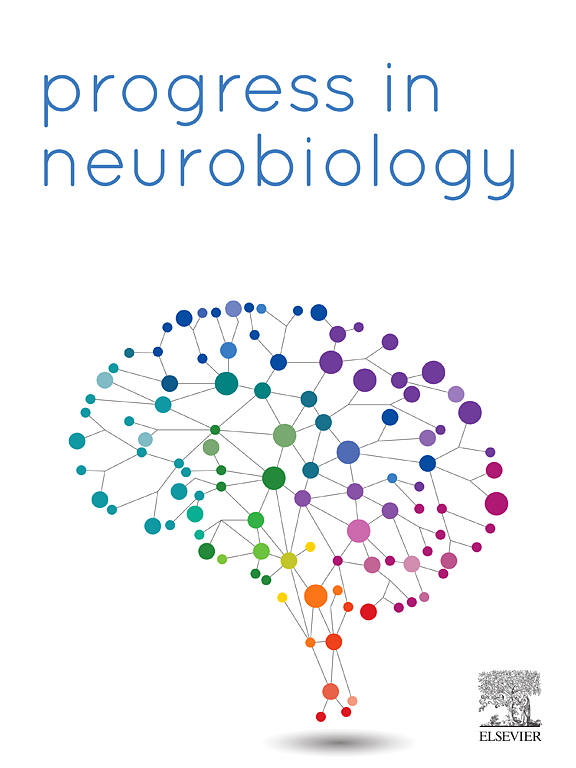Reactivated thalamocortical plasticity alters neural activity in sensory-motor cortex during post-critical period
IF 6.1
2区 医学
Q1 NEUROSCIENCES
引用次数: 0
Abstract
Neuroplasticity in sensory brain areas supports adaptation after nerve injury and fundamentally impacts sensation and movement. However, limited neuroplasticity in somatosensory areas due to the early critical period makes determining the role of thalamocortical (TC) inputs in sensorimotor signal processing challenging. Here, we demonstrated that reactivation of TC neuroplasticity was associated with an increase in the number of neurons in layer IV (L4) of the whisker primary somatosensory cortex (wS1) with a stable excitation-inhibition ratio. Highly synchronized neural activity in L4 propagated throughout the wS1 column and to the downstream areas, including whisker secondary somatosensory, primary motor cortices, and contralateral wS1. These results provide crucial evidence that TC inputs can alter the neural activity of sensory-motor pathways even after the critical period. Altogether, these enormous changes in sensorimotor circuit activity are important for adaptation following an injury such as limb loss, stroke, or other forms of neural injury.
再激活的丘脑皮质可塑性改变了临界期后感觉-运动皮层的神经活动
感觉脑区的神经可塑性支持神经损伤后的适应,并从根本上影响感觉和运动。然而,由于早期的关键时期,体感觉区域有限的神经可塑性使得确定丘脑皮质(TC)输入在感觉运动信号处理中的作用具有挑战性。在这里,我们证明了TC神经可塑性的再激活与须初级体感皮层(wS1)第四层(L4)神经元数量的增加有关,并且具有稳定的兴奋抑制比。L4高度同步的神经活动在整个wS1柱和下游区域传播,包括髯须次级体感皮层、初级运动皮层和对侧wS1。这些结果提供了重要的证据,证明即使在关键时期之后,TC输入也可以改变感觉-运动通路的神经活动。总之,感觉运动回路活动的这些巨大变化对于肢体丧失、中风或其他形式的神经损伤后的适应是重要的。
本文章由计算机程序翻译,如有差异,请以英文原文为准。
求助全文
约1分钟内获得全文
求助全文
来源期刊

Progress in Neurobiology
医学-神经科学
CiteScore
12.80
自引率
1.50%
发文量
107
审稿时长
33 days
期刊介绍:
Progress in Neurobiology is an international journal that publishes groundbreaking original research, comprehensive review articles and opinion pieces written by leading researchers. The journal welcomes contributions from the broad field of neuroscience that apply neurophysiological, biochemical, pharmacological, molecular biological, anatomical, computational and behavioral analyses to problems of molecular, cellular, developmental, systems, and clinical neuroscience.
 求助内容:
求助内容: 应助结果提醒方式:
应助结果提醒方式:


